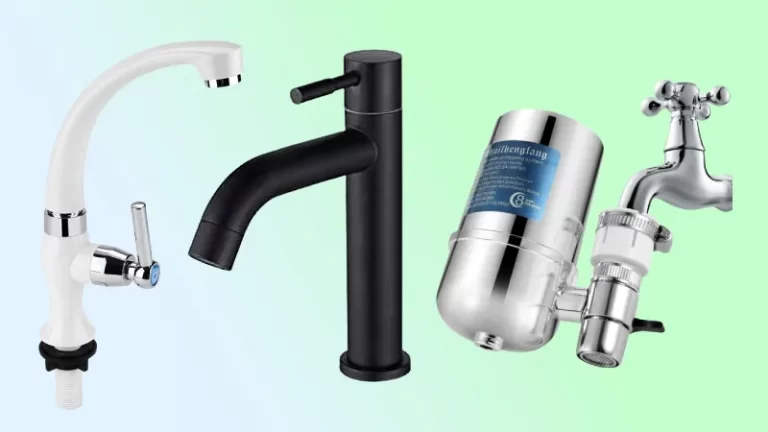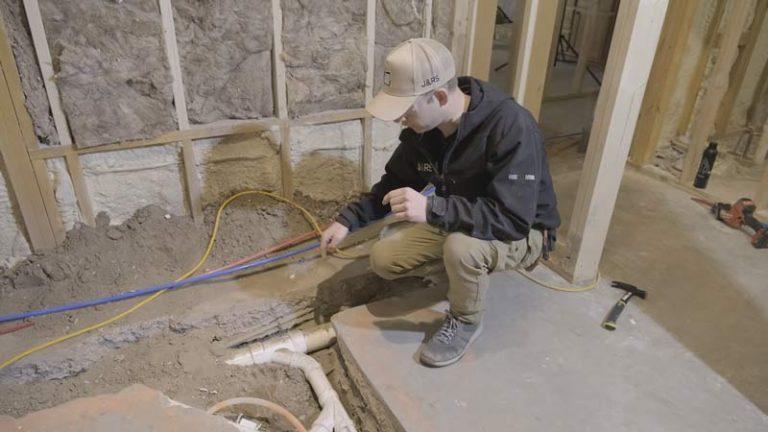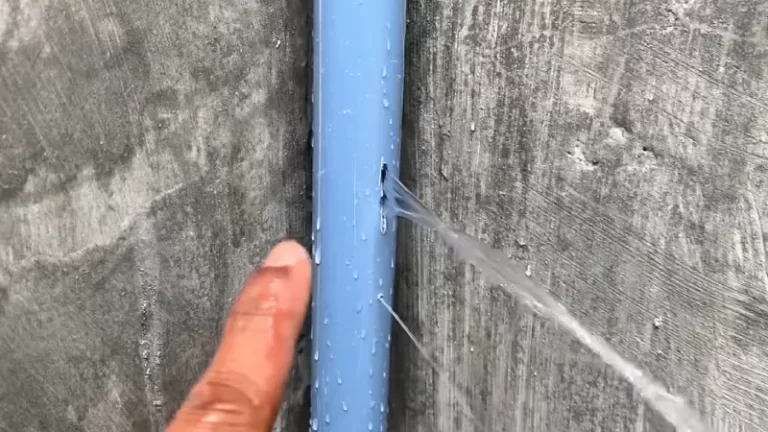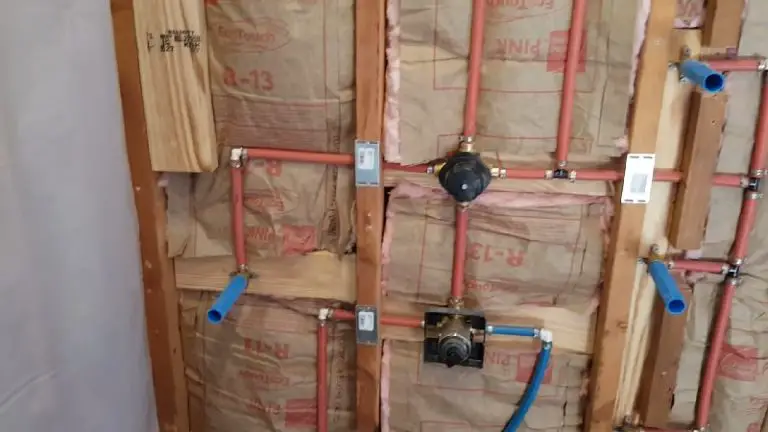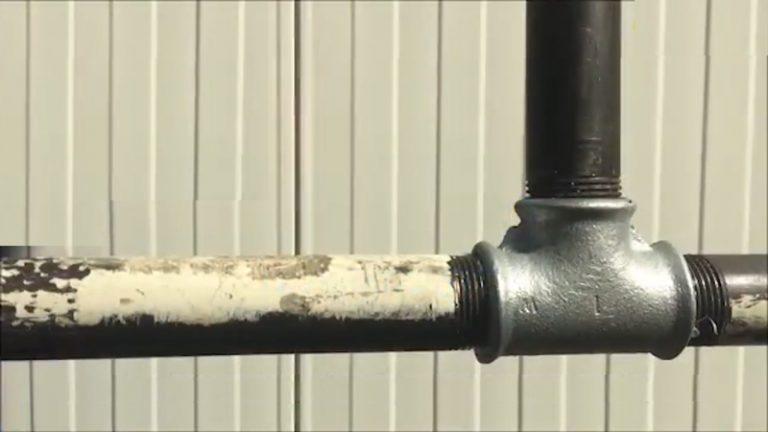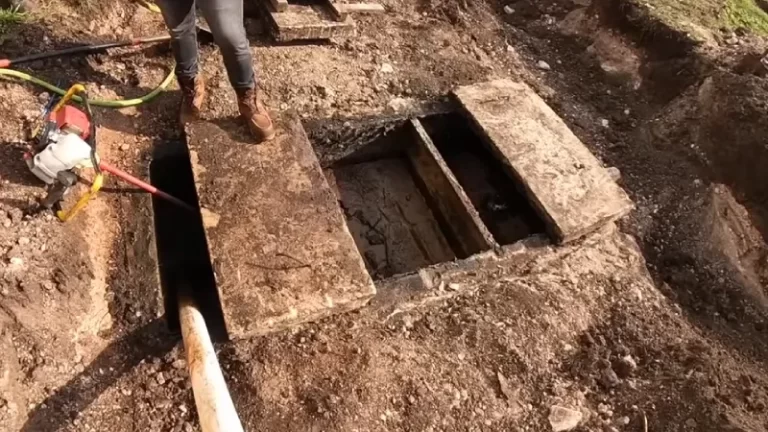Can You Bend Nylon Fuel Lines?
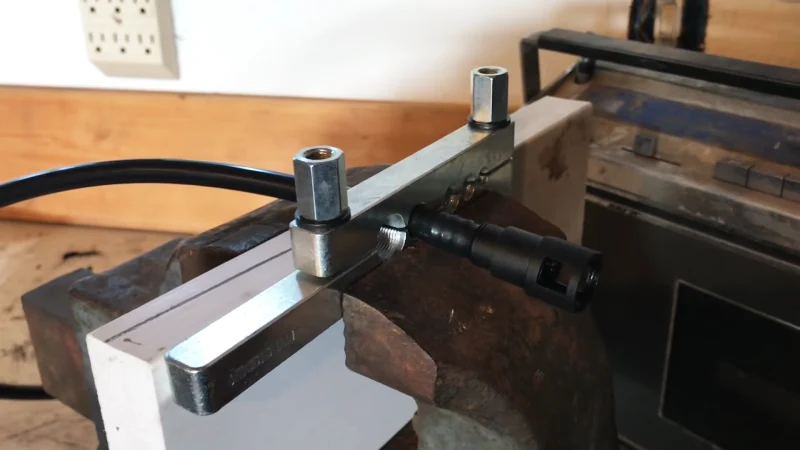
Bending nylon fuel line is a process that involves heating the line to a high temperature and then shaping it into the desired shape. This process may be necessary for situations where the fuel line needs to be altered to fit a specific location or configuration, or when replacing a damaged or worn fuel line.
It is important to use the proper technique when bending the nylon fuel line to ensure that the line is not damaged and will be able to function properly. Failure to use the proper technique can result in weak points or damage to the line, which can lead to potential failures or leaks in the fuel system.
In this guide, we will outline the steps and materials needed for safely bending nylon fuel lines.
You'll Learn About
Can You Blend Nylon Fuel Lines?
Yes, you can. Bending nylon fuel line involves heating the line to a high temperature and then shaping it into the desired shape. This process should be done carefully to avoid damaging the line or creating any weak points that could potentially lead to a failure in the line.
To bend the nylon fuel line, you will need a metal pipe or rod, a spring, and hot boiling water. First, insert a spring inside the nylon tube to give it some support and prevent it from collapsing when heated. Next, take the metal pipe or rod and bend it to the desired shape. Tie the nylon fuel line to this metal fixer using a suitable method such as wire or clamps.
Once the line is secured to the metal fixer, give it a hot boiling water bath for 5-10 minutes. This will heat the nylon to a high temperature and allow it to become pliable. After the line has been heated, remove it from the water and immediately quench it in cold water to cool it down and set the shape.
It is important to note that this process should only be attempted by someone with experience in working with fuel lines and with the necessary safety precautions in place. It is also recommended to use a metal fuel line whenever possible, as it is more durable and less prone to failure than a nylon fuel line.
Materials Needed
When bending a nylon fuel line, it is important to have all of the necessary materials on hand to ensure a successful and safe process. These materials include:
- the nylon fuel line itself
- a metal pipe or rod
- a spring
- hot boiling water
- cold water
The metal pipe or rod will be used to shape the nylon fuel line into the desired shape. The spring will be inserted inside the nylon fuel line to provide support and prevent it from collapsing when heated. Hot boiling water will be used to heat the nylon fuel line to a high temperature, making it pliable and easier to shape.
Cold water will be used to quench the line after it has been heated, setting the shape and cooling the line down. It is important to have all of these materials ready before beginning the bending process to ensure a smooth and successful outcome.
Step-By-Step Guide for Bending Nylon Fuel Line
To blend the nylon fuel line you have to insert a spring inside the fuel line for providing support, then bend the pipe, then give it a hot boil for about 5-10 minutes at high temperature, and immediately cold it.
Insert a Spring Inside
To begin the process of bending the nylon fuel line, the first step is to insert a spring inside the line. This will provide support for the line and prevent it from collapsing when heated.
Bend Metal Pipe
Take the metal pipe or rod and bend it to the desired shape. This will act as a guide for the nylon fuel line as it is shaped. Once the metal fixer is bent to the desired shape, tie the nylon fuel line to it using wire or clamps. This will hold the line in place while it is being shaped.
Hot Boiling
Give the nylon fuel line a hot boiling water bath for 5-10 minutes. This will heat the line to a high temperature, making it pliable and easier to shape. After the line has been heated, remove it from the water and immediately quench it in cold water.
This will cool the line down and set the shape. It is important to quench the line quickly to ensure that the shape sets properly.
Once the line has been quenched and the shape has been set, it is ready for use. It is important to follow these steps carefully to ensure that the line is not damaged and will be able to function properly.
Things You Should Consider While Blending Nylon Fuel Line
Here are a few additional tips for bending nylon fuel line that were not previously discussed:
Use A Heat Gun Instead Of Boiling Water
Instead of using boiling water to heat the nylon fuel line, you can use a heat gun to more accurately and evenly apply heat to the line. This can help to prevent overheating and potential damage to the line.
Use A Jig Or Fixture To Hold The Line In Place
To ensure that the line is held securely in place while being shaped, you can use a jig or fixture to hold it in place. This can help to prevent the line from slipping or moving while it is being bent.
Use A Mandrel To Bend The Line
A mandrel is a tool that is used to shape the inside of a tube or pipe. You can use a mandrel to bend the nylon fuel line to ensure that it retains its shape and does not kink or collapse.
Test The Line For Leaks After Bending
After you have bent the nylon fuel line, it is important to test it for leaks. You can do this by pressurizing the line and looking for any signs of a leak. If you do find a leak, you may need to re-bend the line or replace it with a new one.
Consider Using A Different Type Of Fuel Line
If you are having difficulty bending the nylon fuel lines, you may want to consider using a different type of fuel line. There are several types of fuel lines available, including rubber, steel, and aluminum. Each of these materials has its own unique properties and may be better suited for certain applications.
More Tips You Should Follow for Success
When bending a nylon fuel line, it is important to follow a few key tips to ensure a successful and safe process.
- Use caution when working with fuel lines. Fuel lines carry flammable liquids, so it is important to take all necessary safety precautions to avoid accidents or injuries. This includes wearing protective gear, such as gloves and goggles, and working in a well-ventilated area.
- It is important to only attempt to bend nylon fuel line if you have experience working with fuel lines. This process involves heating the line to a high temperature and shaping it, which can be risky if not done correctly. If you are not comfortable or experienced with working with fuel lines, it is best to seek the assistance of a professional.
- Whenever possible, it is recommended to use metal fuel line instead of nylon. Metal fuel line is more durable and less prone to failure than nylon, so it is generally a safer and more reliable choice for fuel systems. If you do need to use nylon fuel line, be sure to follow the proper techniques and take all necessary precautions to ensure that it will function properly and safely.
Final Words
Bending nylon fuel line is a process that involves heating the line to a high temperature and then shaping it into the desired shape. It is important to use the proper technique and follow all necessary safety precautions to ensure a successful and safe process.
To bend a nylon fuel line, you will need a metal pipe or rod, a spring, hot boiling water, and cold water. The steps for bending the nylon fuel line include inserting a spring inside the line, bending the metal pipe or rod to the desired shape, tying the nylon fuel line to the metal fixer using wire or clamps, giving the line a hot boiling water bath for 5-10 minutes, and quenching it in cold water to set the shape.
By following these steps carefully, you can bend the nylon fuel line safely and effectively. It is important to remember to use caution when working with fuel lines and to only attempt this process if you have experience working with fuel lines.
Whenever possible, it is recommended to use a metal fuel line instead of nylon to ensure the greatest reliability and safety in your fuel system.

